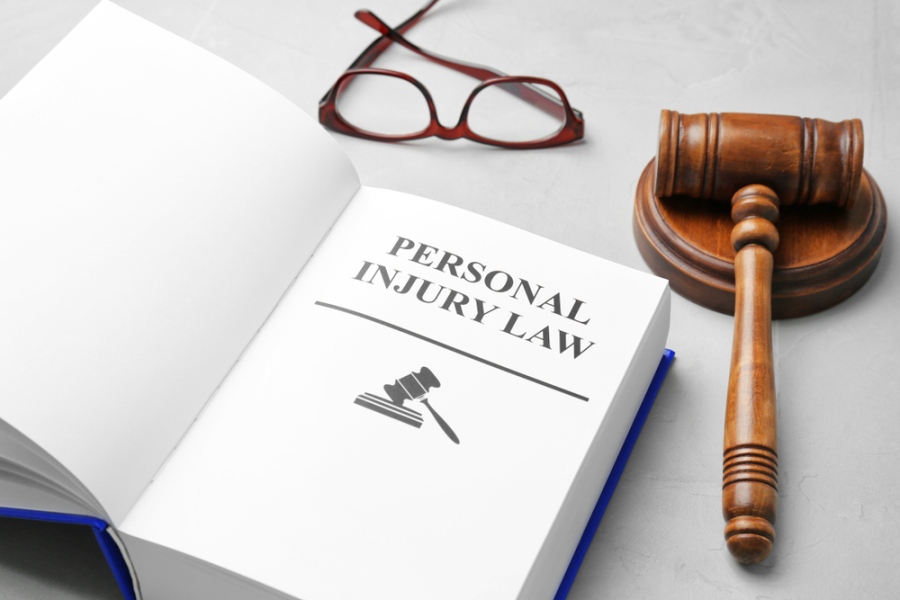Personal injury law has a long and fascinating history that shapes today’s legal landscape. It began in ancient societies where tribes resolved disputes through basic rules. As civilizations grew, so did the need for structured legal systems. The Roman Empire introduced laws that recognized personal injuries, setting the groundwork for modern practices. In medieval England, the common law system emerged, granting individuals the right to seek compensation for harm. Over time, personal injury law continued to evolve, adapting to societal changes. Today, it covers a wide range of issues, from workplace injuries to medical malpractice. Understanding this history helps us appreciate the protections it provides and the justice it seeks to deliver. If you’re curious to learn more about how these laws have developed and their impact on society, click here. This journey through time reveals the enduring importance of personal injury law and its role in safeguarding our rights.
Ancient Beginnings
The origins of personal injury law can be traced back to early human settlements. Tribal communities often followed unwritten codes to resolve conflicts. These codes were based on fairness and mutual understanding. Ancient societies like Mesopotamia created the Code of Hammurabi, a set of laws that included rules for compensating victims of injuries.
Influence of Roman Law
The Roman Empire played a crucial role in shaping personal injury law. Romans introduced a complex legal system that included detailed laws about personal harm. These laws recognized the need for compensation when one suffered due to another’s actions. This approach laid the foundation for many legal systems that followed.
Medieval Developments
In medieval England, the common law system emerged. Common law relied on court decisions to develop legal principles. Personal injury law became more structured during this time. Courts began to record decisions, creating precedents that influenced future rulings. This era marked a shift toward recognizing individual rights to compensation for injuries.
Modern Evolution
Personal injury law continued to evolve with the Industrial Revolution. As factories became widespread, workplace injuries increased. This led to the need for laws that protected workers. The late 19th and early 20th centuries saw significant changes. Laws were introduced to ensure that injured employees received compensation without long legal battles.
The evolution of personal injury law didn’t stop there. As medical science advanced, new areas like medical malpractice emerged. These laws hold healthcare providers accountable for harm caused by negligence or errors.
Comparative Table of Key Developments
| Period | Development | Impact |
| Ancient | Code of Hammurabi | Established basic rules for compensation |
| Roman | Roman Legal System | Introduced detailed laws on personal injury |
| Medieval | Common Law | Recognized individual rights and precedents |
| Industrial Revolution | Worker Protection Laws | Ensured compensation for workplace injuries |
| Modern | Medical Malpractice | Accountability for healthcare providers |
Challenges and Future Directions
Despite its rich history, personal injury law faces challenges today. Legal systems must continually adapt to new technologies and societal changes. For example, cyberbullying and data breaches are emerging areas needing legal attention. Courts and lawmakers strive to keep laws relevant and effective.
The future of personal injury law will likely focus on balancing technological advances with human rights. Laws must protect individuals without stifling innovation or progress. As we look to the future, the lessons of history remain vital. They remind us of the continuous journey toward fairness and justice.
For a deeper understanding of how personal injury law impacts our lives today, you can explore resources from the Department of Justice and the Legal Information Institute. These platforms offer valuable insights into the current state and evolution of legal systems around the world.
















